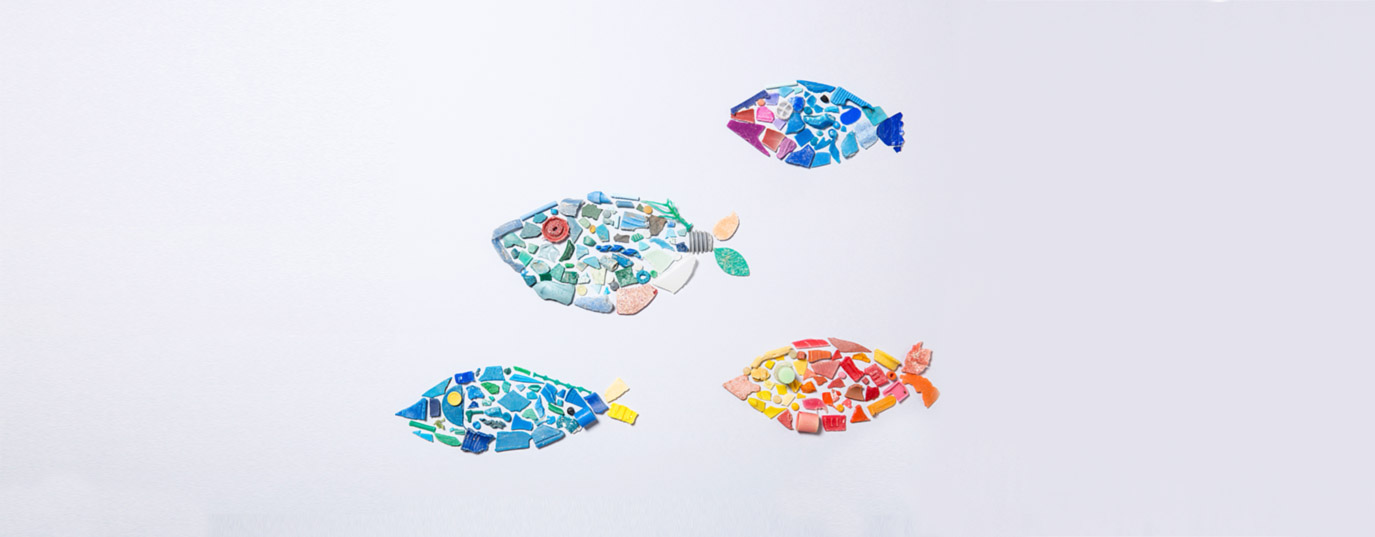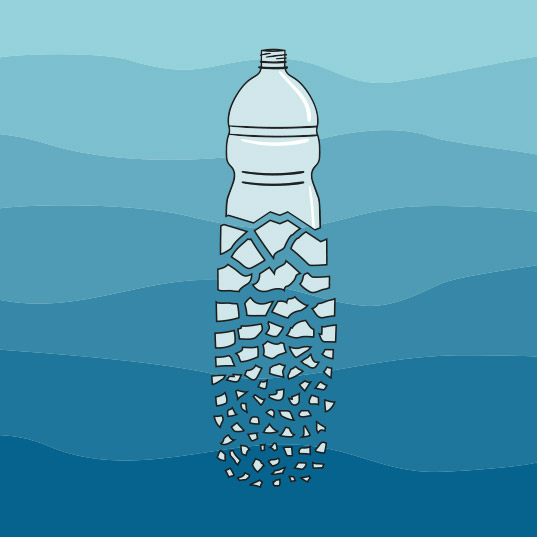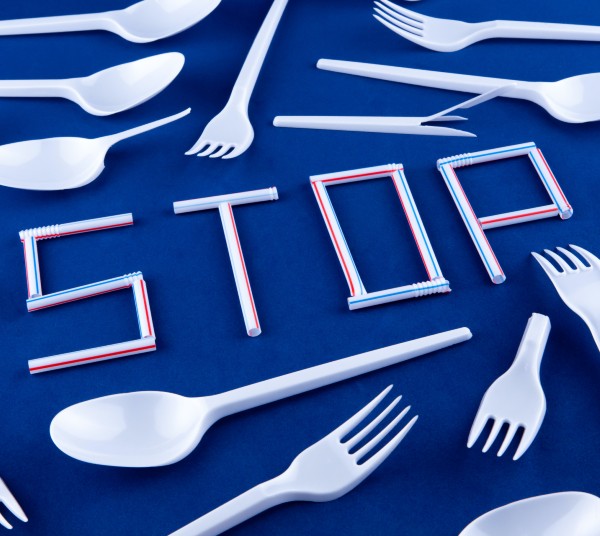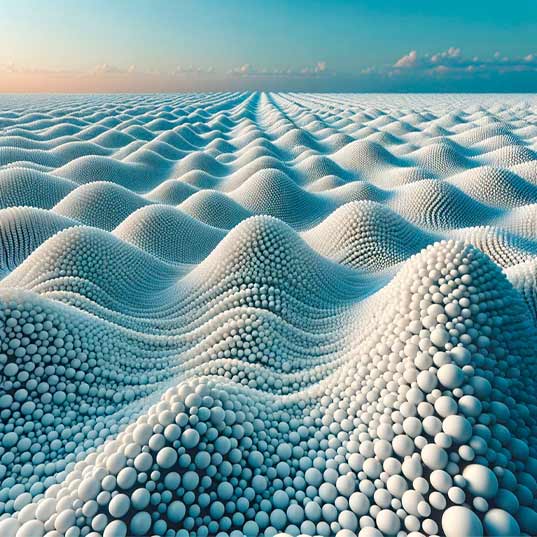We ingest the equivalent of a credit card every year because of microplastics in the environment
Microplastics have been found in people’s blood, leading scientists to study the effect they have on our health as well as the environment.
You might not be able to see them, but they exist in tiny plastic particles, present in the air, water, salt, animals and, for sure, human beings. Depending on how much we’re exposed to them, we manage to ingest up to 100,000 microplastic particles per day, say scientists from Wageningen University in the Netherlands. This is the equivalent of eating a credit card once a year.
What will I learn from this article?
- What are microplastics?
- Types of microplastics
- Effects on the environment
- Consequences for human health
- Solutions
What are microplastics?
 Those plastic particles less than five millimeters long (about the size of a sesame seed) which you can find in the environment and are the product of plastic pollution by humans, and poor waste management. They can take decades or more to degrade completely.
Those plastic particles less than five millimeters long (about the size of a sesame seed) which you can find in the environment and are the product of plastic pollution by humans, and poor waste management. They can take decades or more to degrade completely.
Scientists have researched the possible adverse effects for almost 20 years. But most studies have focused on harm to sea life. Marine ecologist Richard Thompson, of Plymouth University, United Kingdom, coined the term “microplastics” in 2004, on discovering the tiny particles on British beaches.
Scientists have continued to find them everywhere they’ve looked: in all their forms in the water - whether that’s oceans, rain, drinking water, Arctic snow or Antarctic ice - seafood, table salt, and even floating in the air. And, now, for the first time, microplastic pollution has been found in human blood.
“Microplastic pollution has now been found in human blood”
What types exist?
All these pollutants have something in common: they are tiny plastic particles. But not all have the same origin. As a result, they are divided into two categories:
- Primary: plastics originally manufactured in this diminutive form and present in products consumed every day, including beads found in personal care products such as exfoliant creams, bath gels and toothpaste.
- Secondary: formed from the decomposition of bigger plastics, i.e. when a bottle or bag becomes weathered by waves or solar radiation, it degrades over time, emitting microplastic particles.
How do they affect the environment?
Little is yet known about the real impact of microplastics, but there are some things we know for sure: they are not biodegradable and, once in the environment, they accumulate and remain in nature for a long time.
As mentioned above, these tiny particles have been found in a many different ecosystems, including in remote environments.
One of the biggest problems is that they are present throughout the seafood chain, from zooplankton and little fish to huge ocean predators.
What problems result from microplastic ingestion by these species?
- The stomachs of marine species are full of microplastics.
- As a result, they ingest less nutritional food.
- Their health is affected by possible intoxication.
- It’s a problem that affects the whole food chain, including humans. If we eat fish that have ingested microplastics, they end up inside us, too.
How do they affect human beings?
 Microplastics are also a source of air pollution, encountered in the form of dust and fibrous particles in the air. So, we don’t just eat them, we’re also breathing them in.
Microplastics are also a source of air pollution, encountered in the form of dust and fibrous particles in the air. So, we don’t just eat them, we’re also breathing them in.
The result? Unawares, we are ingesting small quantities of plastic every day.
They are so present in our bodies, they’ve even been detected in our blood. A frightening discovery showing that these particles can travel through the body and lodge in our organs. The impact on our health is still unknown, but scientists are worried that they can damage human cells.
Solutions for dealing with microplastics
If the right measures are not taken, the problem will only get worse. Every year, we produce nearly 400 million tonnes of plastic, a mass that is forecast to more than double by 2050, according to Nature magazine.
Even if we stopped making plastics tomorrow, those already in waste tips and the environment – estimated at around 5 billion tonnes – would remain in nature, breaking down into and increasing the presence of these tiny particles that contaminate ecosystems.
“Every year, we produce nearly 400 million tonnes of plastic”
Promoting the circular economy and improving waste management will be essential for avoiding environmental pollution. In this respect, international organizations such as the European Union have already banned some of the most common single-use plastics and introduced various measures to reduce the quantity of microplastics in nature.
Innovators are also working in the area. In the following video, you can discover different technologies to rid the world of microplastics.
At an individual level, we can all play our part in tackling the problem. Reducing plastic consumption, reusing it when possible and recycling correctly are small gestures that have large positive effects on the environment if we all contribute.
Sources:



